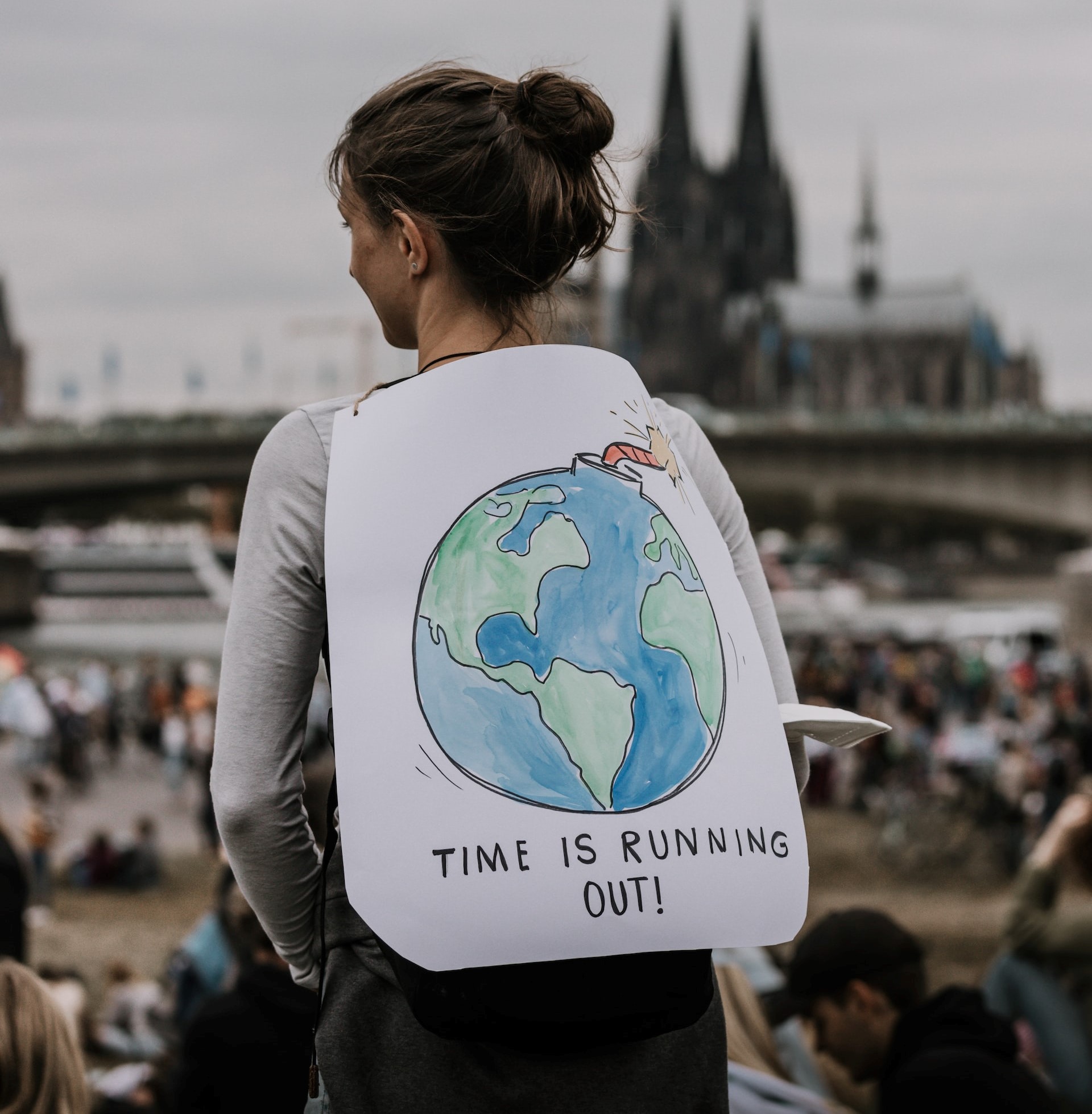
Ōtepoti – Is the world making progress on tackling climate change? Or is it stalling?
A new climate action tracker tool hopes to answer this question. The speed and scale tracker shows achievements and setbacks on global goals to cut greenhouse gas emissions to net zero by 2050 and get halfway there by 2030.
It includes how the world is doing or not on cutting emissions in areas like transport, heating, food and industry.
The speed and scale tracker is a new climate action tool to track progress on global targets to cut greenhouse gas emissions.
It covers goals to reach net-zero emissions by 2050 in areas like transport, heating, food and industry.
Electric vehicles are a top performing area, but people are still eating too much beef and dairy.
The World Economic Forum is launching a new tracking tool to help industries get to net zero.
Here are three achievements and five setbacks they’ve identified on the road to net-zero. They are:
Electric cars are a major area of progress. Sales of electric vehicles more than doubled from 4 percent of global auto sales in 2020 to nearly 9 percent in 2021. To be on track for net-zero, this share must reach 50 percent by 2030.
By 2025, half of the electricity globally must come from zero-emissions sources, rising to 90 percent by 2035. The world is making strong progress on this goal, with 39 percent of electricity in 2020 coming from zero emissions sources.
Only one goal in the speed and scale tracker has already been achieved.
By 2030, at least 30 percent of the world’s oceans must be protected, and 50 percent by 2050. To get to net zero, the practice of deep-sea bottom trawling in the commercial fishing industry needs to end.
To get to net zero, the world needs to stop building new coal and gas plants immediately. Existing coal and gas plants must have no emissions – or be closed – by 2025 and 2035 respectively.
To cut emissions from livestock, the world needs to eat a quarter less beef and dairy by 2030, and 50 percent less by 2050. This goal is currently off track and is classified as code red in the tracker.
Steel makers need to halve emissions from the steel-making process by 2030, rising to a 90 percent cut in emissions by 2040. This 2040 goal is equivalent to 0.2 metric tonnes of emissions generated per one metric tonne of steel produced.

